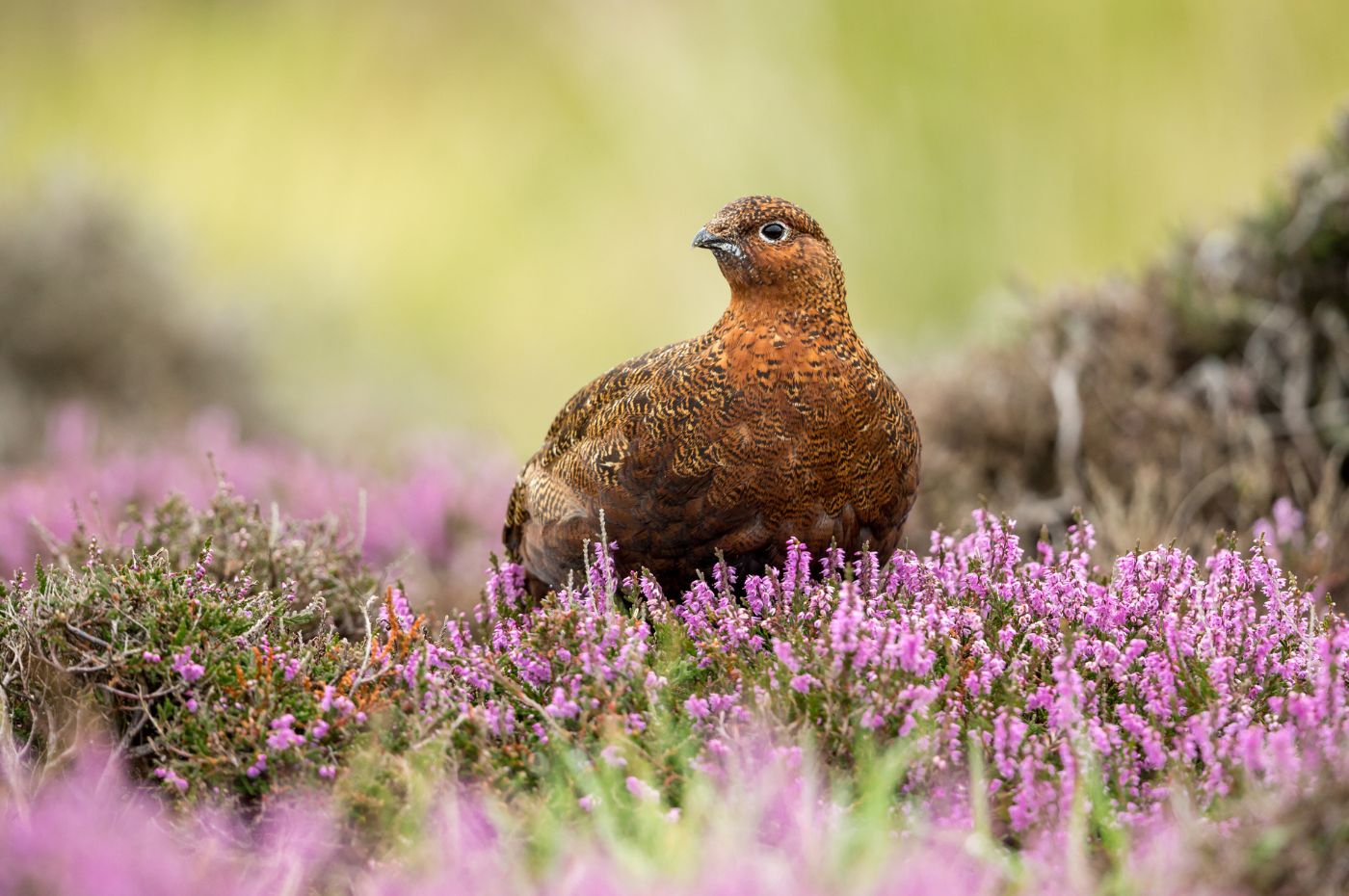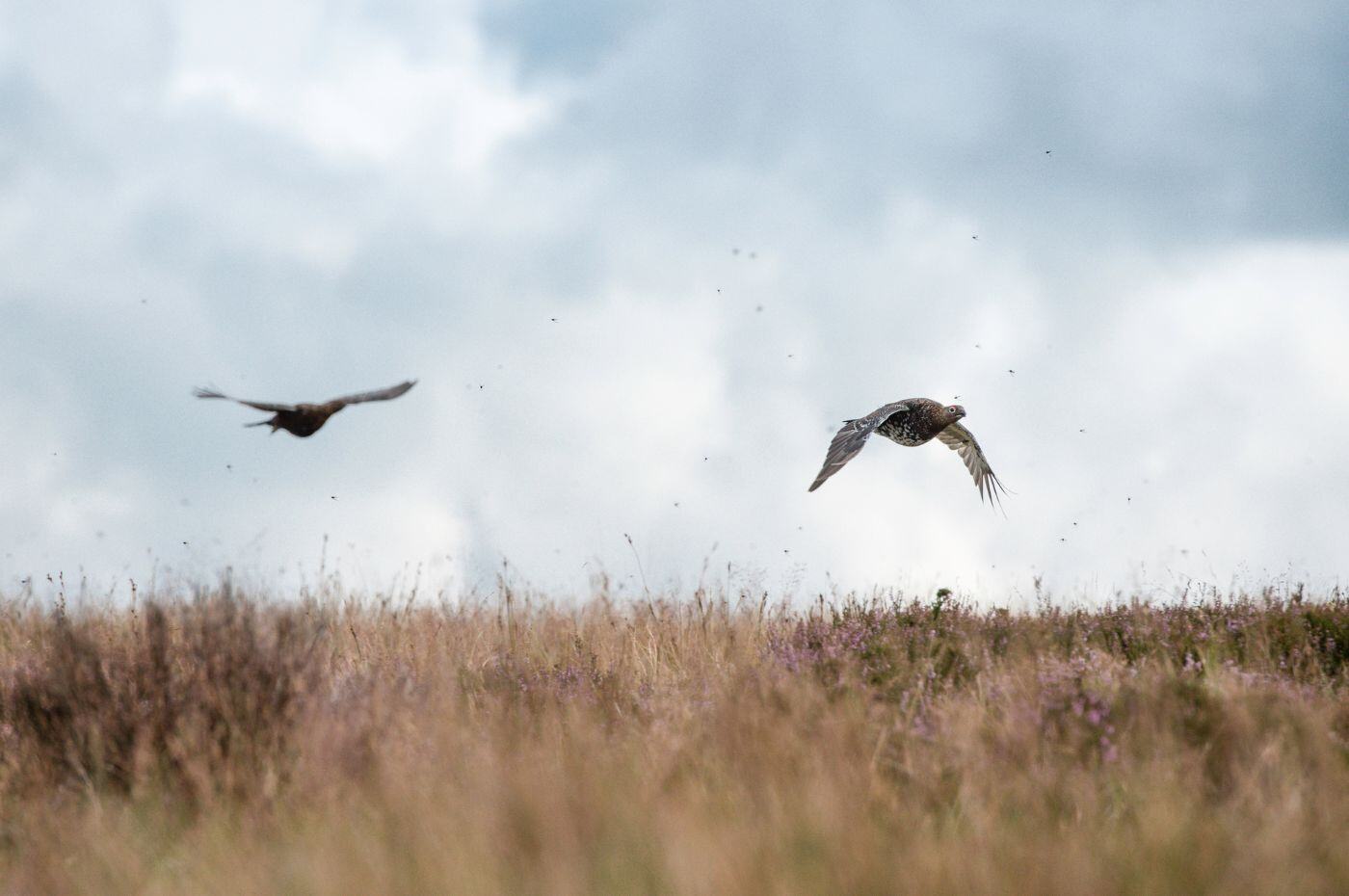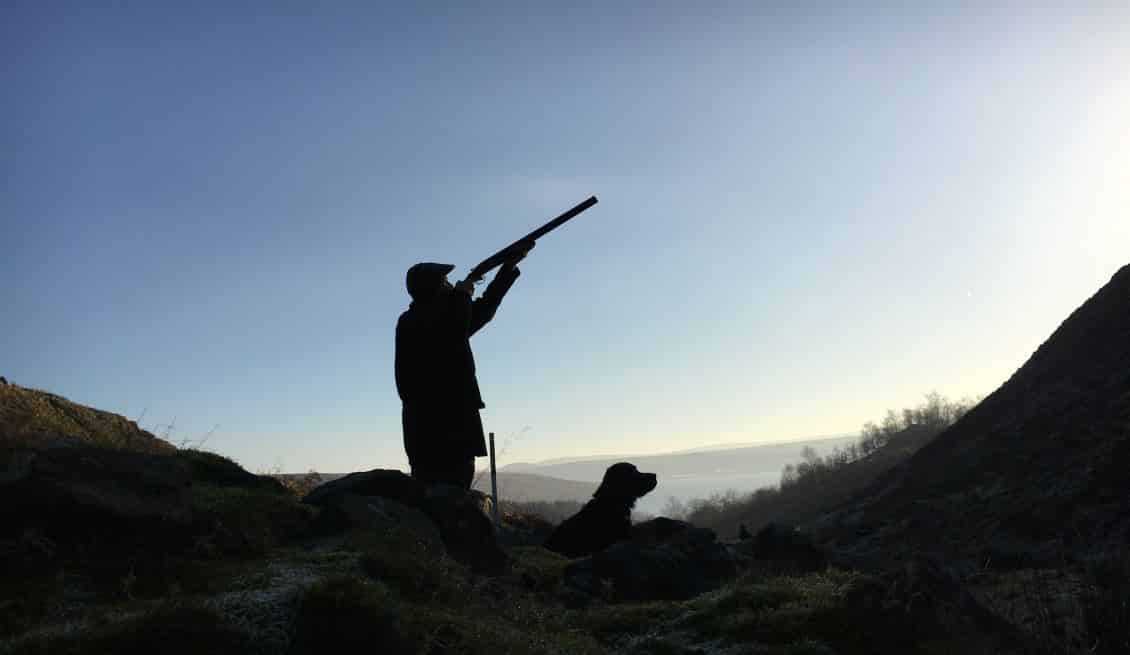Grouse shooting safe
Threats to shooting are coming thick and fast, but we are on the front foot,...
View Details
It is lucky that most of the journalists and commentators who grace us with their views on grouse shooting never actually go to a moor because they invariably aim at the wrong target. This year there have been reports on the new licensing scheme in Scotland, which has not stopped anyone from shooting a grouse, and the absence of grouse in London restaurants caused by a very bad breeding season, but predictably little discussion about the unique habitats created by grouse moor management.
That uniqueness is created, in large part, by landscape scale management including vermin control which now happens in very few places other than upland areas managed for grouse. In the same way that ‘shifting baseline syndrome’ masks our understanding of the decline of some species, it also makes us blind to the growth in others, and the population of that ultimate predator, the fox, has risen across Britain as other wildlife has declined.
Historically, bounties were paid through the church for a range of species, but it was always the fox that attracted the largest sum. In the 16th century a church in Devon paid 5 shillings for an adult fox when an agricultural worker would struggle to earn that much in a month. In one parish in Wales at the beginning of the 19th century the bounty was a pound a fox which was again equivalent to a month's salary. That parish continued to pay a bounty right up to the 1920s. Those bounties equate to something over £2,000 at current prices and we all know that there would barely be a fox in the country if that sort of money was on offer today. It is no surprise therefore that historically there seem to have been very few foxes in the countryside. A parish in Cornwall on the edge of Bodmin Moor paid bounties on just 96 foxes in 148 years in the 16th and 17th centuries. Essentially, until well into the 20th century there was landscape scale control of foxes across the entire country driven by the high value of livestock, including the free range flocks of poultry which were present at nearly every farm and cottage.
Of course, there have been changes to habitats like agricultural intensification, urban sprawl and commercial forestry which have also contributed to wildlife decline, but we cannot ignore the fact that there is a fundamentally different approach to predator control in most of the country than there was when wildlife was more abundant. The exception is in upland areas managed for grouse. Where a number of managed moors border each other such control is especially effective and the benefits to a whole range of species both on moors and in the surrounding area are proven and unarguable.
A classic case study of species decline is the curlew. Although some conservationists seem to have forgotten it, the curlew is not specifically an upland bird. Historically it bred widely in arable crops and on improved grassland as well as in the hills. I can remember a pair attempting to breed in an arable field in our parish in Devon 25 years ago, but now there are just a few breeding pairs hanging on in the county high on Dartmoor.
The UK is home to 25% of the world’s breeding population of Eurasian curlews, but since the 1970s overall numbers have plummeted by over 60%. They continue to thrive, however, on managed grouse moors which suggests convincingly that the reduction in predator control over the rest of its range is a very significant element in the curlew’s decline.
Conservation organisations have tried every other method to address species decline other than predator control because of public concerns about the concept of controlling one species to benefit others. The RSPB has surrounded ground nesting birds with elaborate predator fences which do deter most mammal predators, but fencing simply creates ghettos, displaces predation into the wider countryside and does nothing for nature recovery at a landscape scale. Conservationists have erected electric fences around the last few curlew nests in some breeding areas, and when avian predators arrive have put cages over them. These are desperate attempts to stave off local extinction rather than a strategy for widespread nature recovery. If that really is the aim then we are all going to have to grasp the metaphorical and actual bullet of landscape scale predator control. The alternative is just to continue to manage decline.

Threats to shooting are coming thick and fast, but we are on the front foot,...
View Details
"Moorland management has survived two world wars and commercial forestry, but...
View Details
The Prime Minister’s recent reshuffle of his government will have significant...
View Details